Cargo Bikes have seen rapid development and increasing importance in recent years, driven by urban logistics needs and environmental sustainability goals. These bikes provide an efficient, eco-friendly solution for transporting goods in congested cities. As the core component of a cargo bike, the frame plays a critical role in ensuring its safety, stability, and durability under heavy loads. However, recent incidents, such as the widely reported frame breakage in Babboe cargo bikes, have raised significant concerns about the structural integrity and reliability of some cargo bike frames, sparking further attention on the quality and safety of cargo bike design and manufacturing.
Cargo Bike Frame Broken:Incident Overview
In mid-2023, the Babboe cargo bike brand faced widespread criticism after users reported serious frame failures in models such as City, City-E, Mini, and Mini-E. Babboe, known for its robust cargo bikes suited for families, saw over 9,000 complaints regarding cracks and breaks in the bike frames, particularly around the front and rear.
Initial Reports
The first signs of trouble emerged on social media, where users recounted incidents of their bikes’ frames suddenly breaking, often causing dangerous accidents where riders were ejected from the bike. As complaints multiplied, the problem quickly became a major public concern. In response, Babboe initiated investigations, and it was soon evident that the faults were not isolated.

Causes of the Frame Failures
Investigations into the frame failures pointed to two primary issues: material corrosion and manufacturing defects. Some frames were found to be highly susceptible to rust, particularly in high-stress areas, which weakened the overall structure. Additionally, inadequate welding and design flaws exacerbated the issue, causing parts of the frame to fail under pressure, leading to hazardous situations for the riders
Babboe’s Response
Faced with escalating complaints and the possibility of legal action, Babboe launched a massive recall of the affected models. The company offered repairs or frame replacements for affected customers and also pledged compensation, though the specifics of financial recompense remain unclear. However, Babboe’s initial response to the issue was criticised by many customers as slow and insufficient, further damaging the brand’s reputation.

Legal Consequences and Further Developments
With over 9,000 complaints, legal action is being pursued, as consumer advocacy groups and law firms gather evidence for potential collective lawsuits. Babboe now faces a serious challenge in rebuilding its credibility and customer trust. Retailers have responded by suspending sales of the affected models until the issue is fully resolved, further impacting the brand’s market presence.
Type of Cargo Bike Frame
Long John Frame
The Long John frame features a low center of gravity with a cargo platform located between the front wheel and the handlebars.
|
Pros |
Cons |
|
The low center of gravity improves stability, making it easier to handle even when heavily loaded. |
The long frame can make maneuvering in tight urban spaces challenging. |
|
The front cargo area allows for easy monitoring of the load, suitable for transporting bulky items. |
It is heavier, requiring more effort to ride uphill. |
|
High load capacity, typically over 150 kg. |
|
Longtail Frame
Longtail frames extend the rear of the bike to create extra cargo space behind the rear wheel for carrying goods or passengers.
|
Pros |
Cons |
|
Smaller in size than the Long John, making it better suited for daily commuting. |
Limited load capacity, usually between 100-150 kg. |
|
The rear cargo area is versatile and can be expanded for carrying mid-sized loads or children. |
The rear-heavy design can make the bike harder to control when fully loaded. |
|
Good balance and control, suitable for longer rides. |
|
Trike (Three-Wheeled) Frame
Trikes come with either two wheels at the front or rear, with a cargo space in between, providing increased stability.
|
Pros |
Cons |
|
Excellent stability, even when carrying large, heavy loads, making it ideal for beginners. |
Limited maneuverability, especially at high speeds or during sharp turns. |
|
High load capacity, often over 200 kg. |
Larger size makes it difficult to navigate crowded urban areas. |
|
Remains upright when stationary, which is convenient for frequent stops. |
Some designs may struggle with uneven terrain, causing frame torsion and poor handling. |
Midtail Frame
Midtail frames are slightly longer than a standard bike but shorter than a Longtail, offering a balanced compromise between cargo capacity and maneuverability.
|
Pros |
Cons |
|
Provides a balance between cargo capacity and handling, suitable for medium-load daily use. |
Limited load capacity, less suitable for large or heavy cargo. |
|
More compact, making it easier to ride and store in urban settings. |
|
How to Evaluate the Quality of a Cargo Bike Frame
Material of Frame
The material of the frame directly impacts the bike’s weight, strength, and durability, which are key factors in determining its performance and load capacity.
• Aluminum: Lightweight, corrosion-resistant, and cost-effective, making it popular for general-purpose cargo and e-bikes. However, it offers less shock absorption, making it less ideal for rough terrains .
• Steel: Known for its strength and excellent shock absorption, steel frames offer a smoother ride, especially under heavy loads. They are also easy to repair, but the trade-off is that they are heavier and prone to rust .
• Carbon Fiber: Offers an excellent strength-to-weight ratio, making it light and stiff for better power transfer. However, carbon is expensive and more brittle than other materials, meaning it can crack under impact .
• Titanium: Rarely used due to its high cost, titanium is lightweight, rust-resistant, and provides a smooth ride on uneven terrain .
Further Reading if interested : Bike frame materials explained: carbon vs aluminium vs steel vs titanium
Design and Structure

Frame Geometry and Size
The bike’s geometry impacts how it handles loads and rider comfort. For cargo bikes and e-bikes:
• Longer frames (like Longtails or Long Johns) provide better stability for heavy loads but can be harder to maneuver in tight spaces .
• Step-through frames allow for easier mounting and dismounting, ideal for riders carrying heavy loads or frequently stopping .
It’s crucial to choose the right frame size to ensure comfort and safety. A frame that’s too small or large can lead to discomfort or even injury. Professional fittings can help ensure the correct size.
Quality Certifications
Certification standards ensure that bike frames meet rigorous safety and durability requirements. The following are some key certifications to look for when evaluating a cargo or e-bike frame:
TÜV Frame Testing
The TÜV frame test is a rigorous quality and safety certification designed to assess the strength, durability, and safety of bicycle frames. Passing this test ensures the frame maintains stability under extreme conditions without breaking or failing. It is highly valued due to its use of international standards, such as DIN EN ISO 4210, which comprehensively evaluate mechanical strength, fatigue resistance, and impact protection. Bikes that pass the TÜV test are more competitive in the market, as they meet strict European safety standards.
TÜV tests evaluate aspects like:
• Load Capacity: Ensures the frame can safely carry the specified weight without bending or cracking.
• Fatigue Testing: Frames are subjected to repetitive stress to check their longevity under normal and extreme use conditions.
• Impact Resistance: Tests are done to ensure the frame can withstand sudden shocks and impacts, such as collisions or riding on uneven terrain .


Other Frame Testing
• EN 15194: This is the European safety standard for e-bikes and covers aspects like electrical safety and performance. Frames tested under this standard ensure that they can handle the mechanical and dynamic stresses specific to e-bikes .
• ISO 4210: This international standard specifies requirements for safety in traditional bicycles. For e-bikes and cargo bikes, some manufacturers may also seek certification for the mechanical aspects (like the frame) under ISO 4210, ensuring the bike’s structural integrity .
• UL 2849: In North America, this certification focuses on the electrical system safety of e-bikes, including components like the motor and battery. While this certification doesn’t apply directly to the frame, it guarantees that the frame can safely house electrical components without risk .(Wikipedia: Electrical Bicycle Law)
Brand Reputation and After-Sales Support
When evaluating a cargo bike or e-bike frame, it’s essential to consider not just the technical aspects of the bike, but also the brand reputation and after-sales support. Selecting a reputable brand helps reduce the risk of encountering quality issues and ensures a smoother ownership experience. Brands that have earned a strong reputation in the industry tend to use high-quality materials, partner with trusted suppliers for components, and provide comprehensive customer support.
Aitour Bike's Partner

Strong customer support is crucial if issues arise with your bike. Reputable brands often have responsive service teams that can assist with repairs, replacements, or troubleshooting, giving you peace of mind.

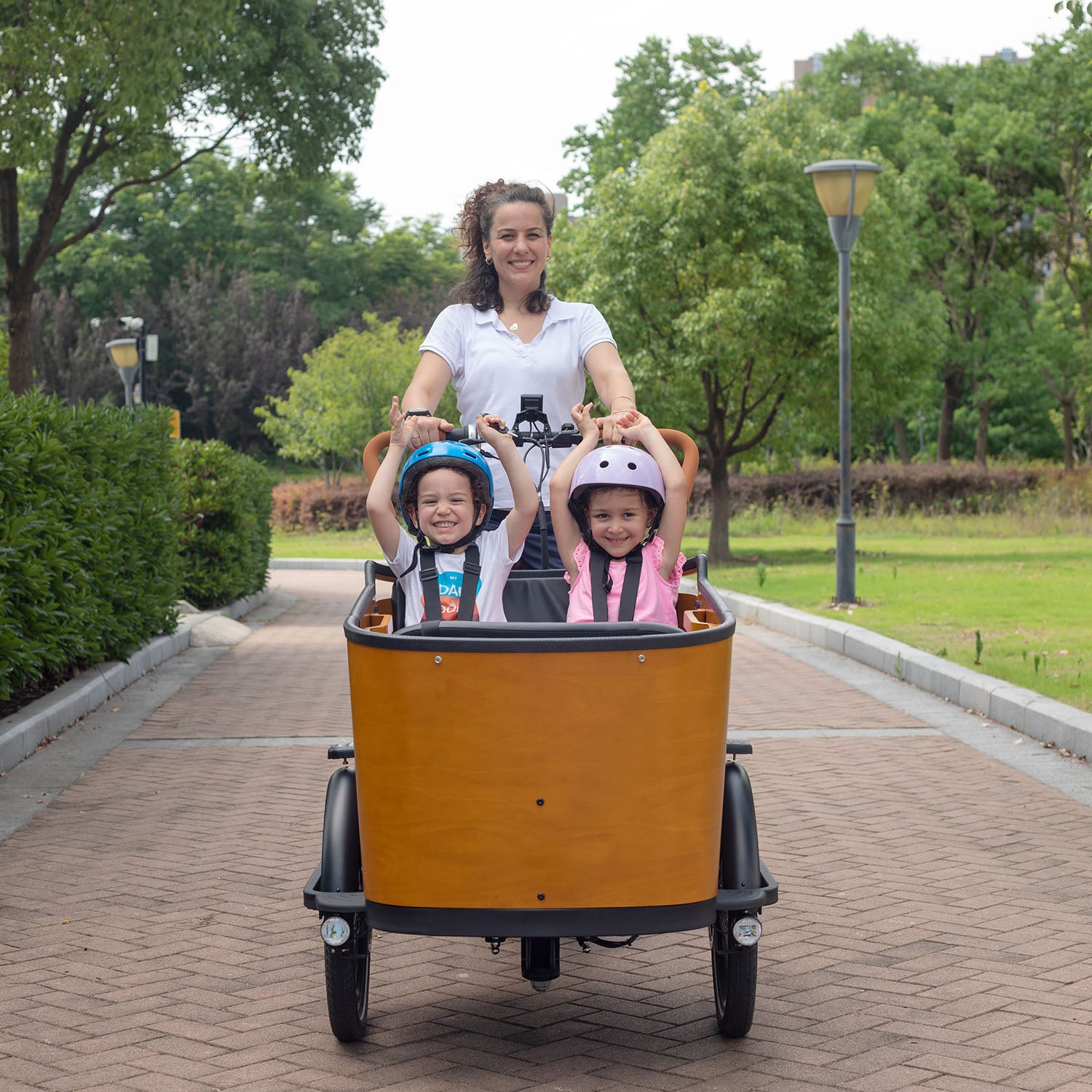
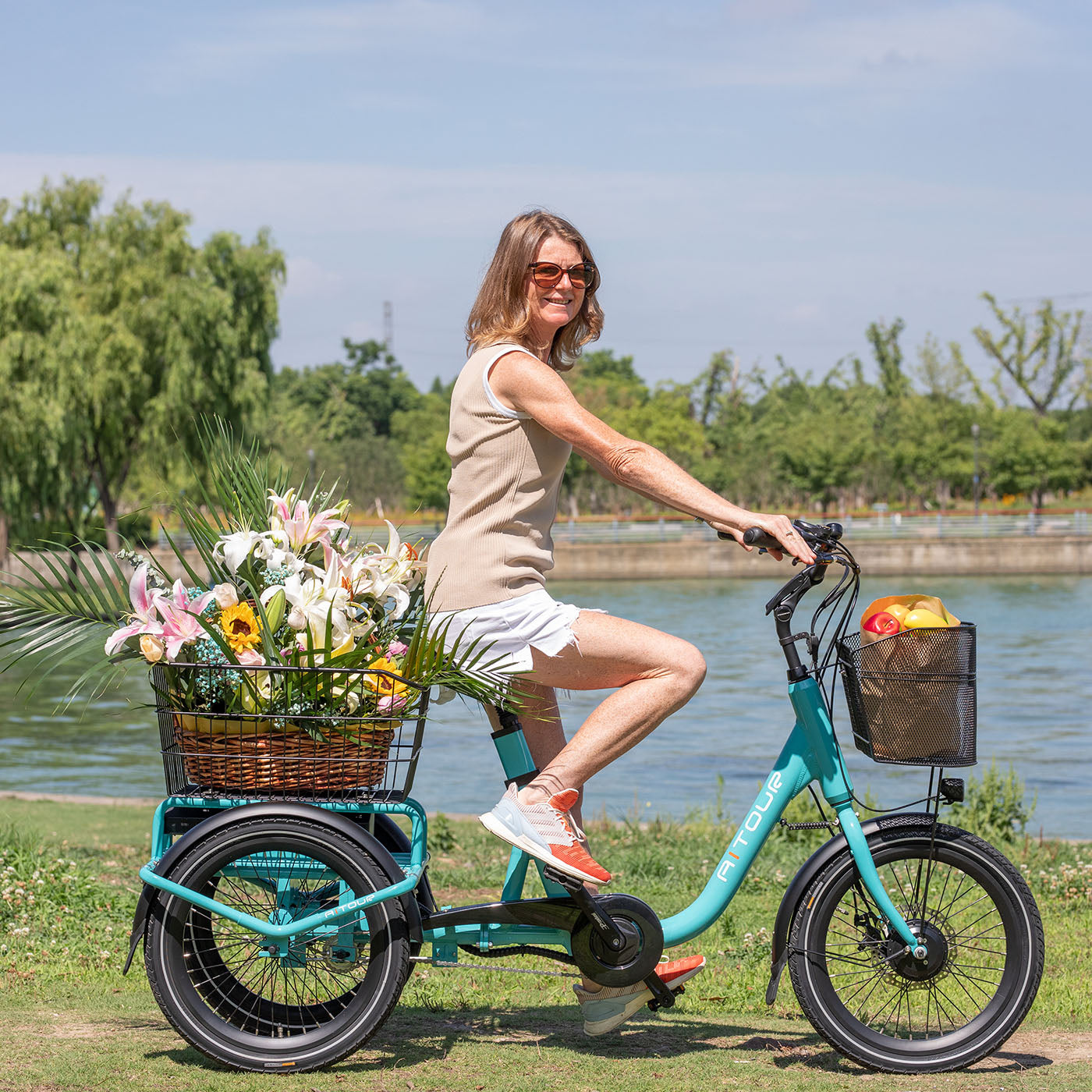
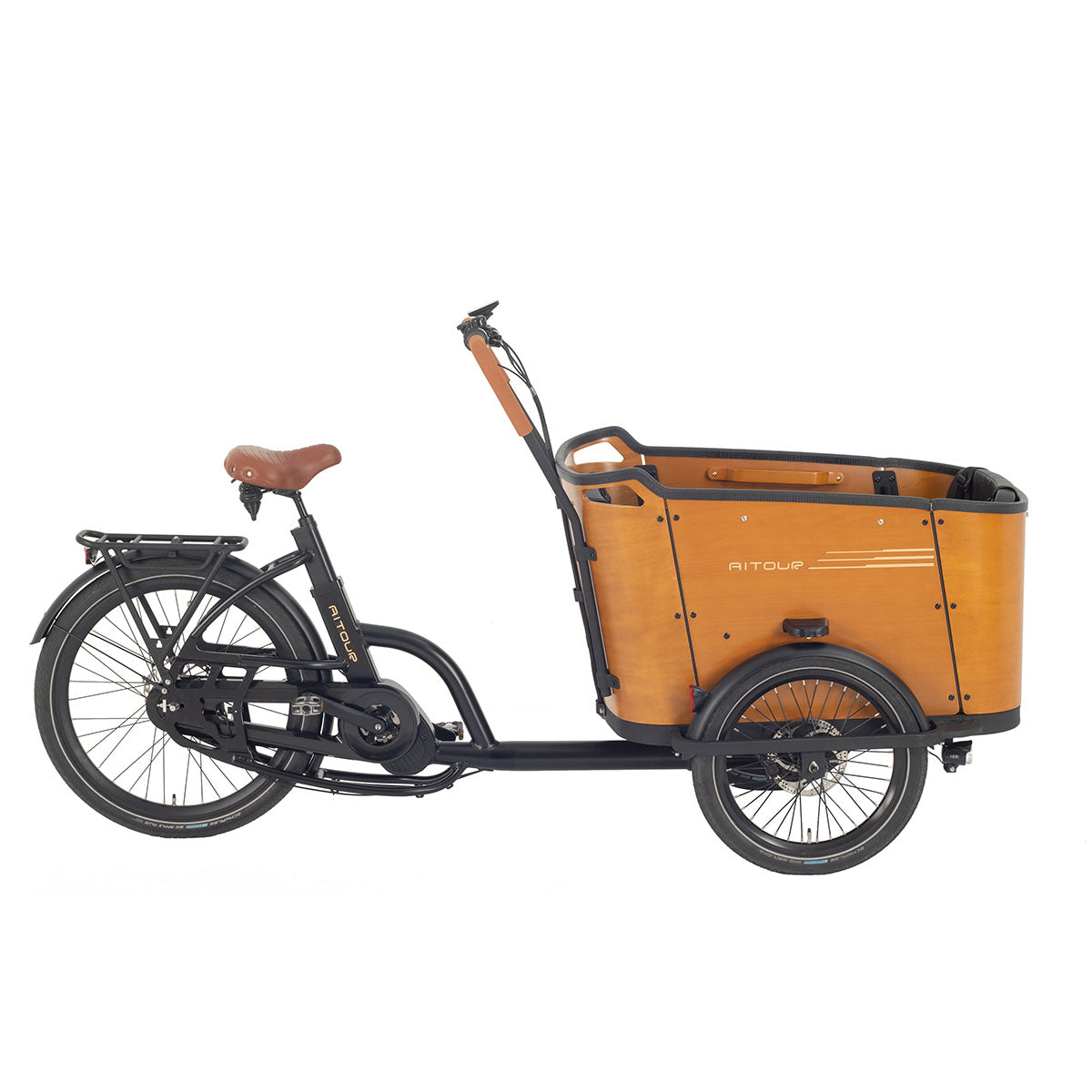
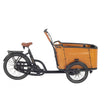
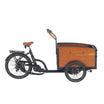
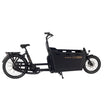
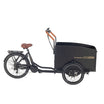

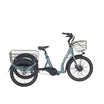
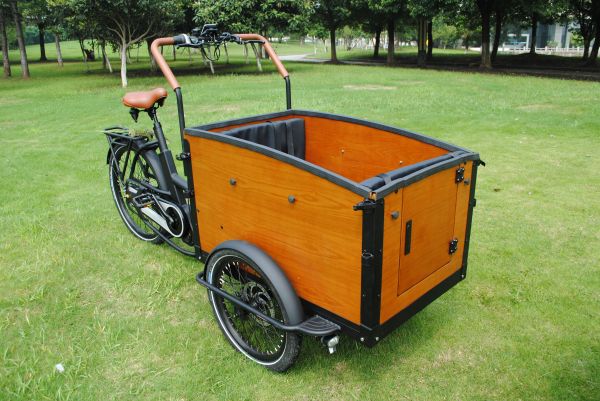

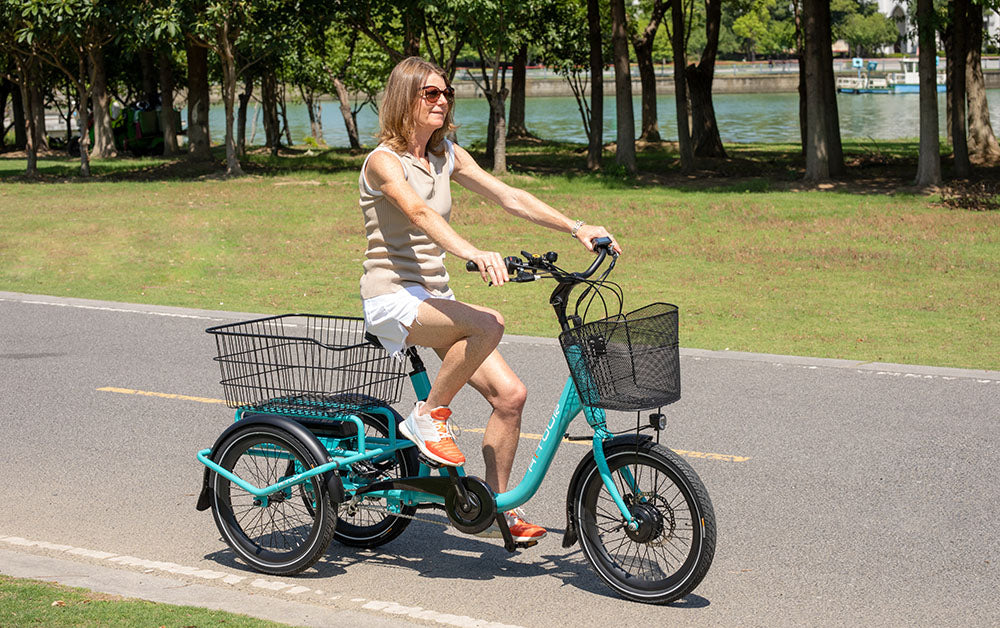
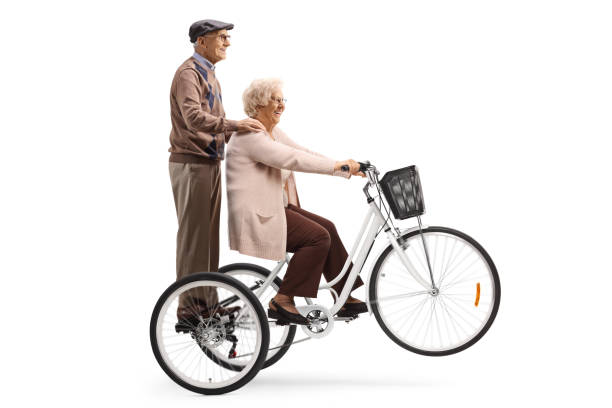
Leave a comment
All comments are moderated before being published.
This site is protected by hCaptcha and the hCaptcha Privacy Policy and Terms of Service apply.